How can He Lan Mountain guard "Shou Jiangnan"?
Author:Institute of Geological Earth Time:2022.09.27


The article is reproduced from "China National Geographical Book"
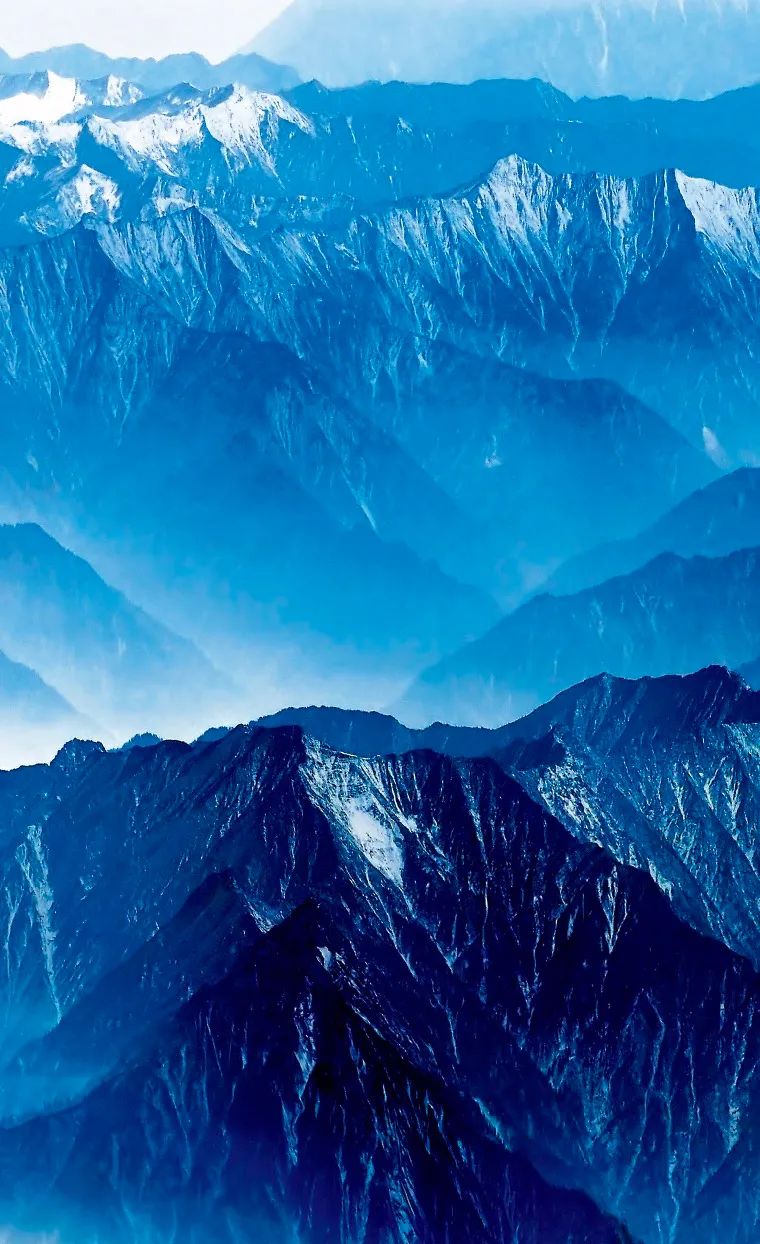
Aviation Helan Mountain. Picture/"Colorful China"
Helan Mountain is between desert and oasis.
In the northwest of our country, there was such a mountain, and she blocked the yellow sand in the Tengger Desert, softening the north wind. From the sandy field to the pastoral garden, from the long silk road to Mo Liangtian, civilization gathered, collided, and fused.
She has built the natural geographical dividing lines in northern China with Daxing Anling, Yin Mountain, and Qilian Mountain. In west of her, it is the vast desert Gobi, and east is the most dazzling "Jiangnan South" in western China. The vicissitudes and clouds in northern China have changed.
The mountains are high and long, and everything grows. She is located in Helan Mountain in northern Ningxia.

Mighty
Speaking of Ningxia, many people may immediately think of a familiar song:
"Ningxia Sichuan, two tips on both sides, the Yellow River in the east, Helan Mountain in the west, Jinchuan Yinchuan Rice Grain."
In the northern part of Ningxia Province, there is a narrow area towards north and south, shaped like a spindle, which corresponds to the "two tips" in the ballad. This spinning is actually a precious green island in the desert and dry area. The winding Yellow River on the east side is the stretch of Helan Mountain on the west.

The eastern foot of Helan, Shuangling Site, Xixia Ling. Photo/Xu Shengkai, Figure/"Discovery Ningxia"
He Lan Shan is old and young. Hundreds of millions of years ago, Helan Mountain was still immersed in the deep ocean. About 30 million years ago, under the continuous squeezing and collision of the crustal sector, Helan Mountain was born in the sky, stretching the solid body under the sky. Until now, the erect Helan Mountain is still growing.
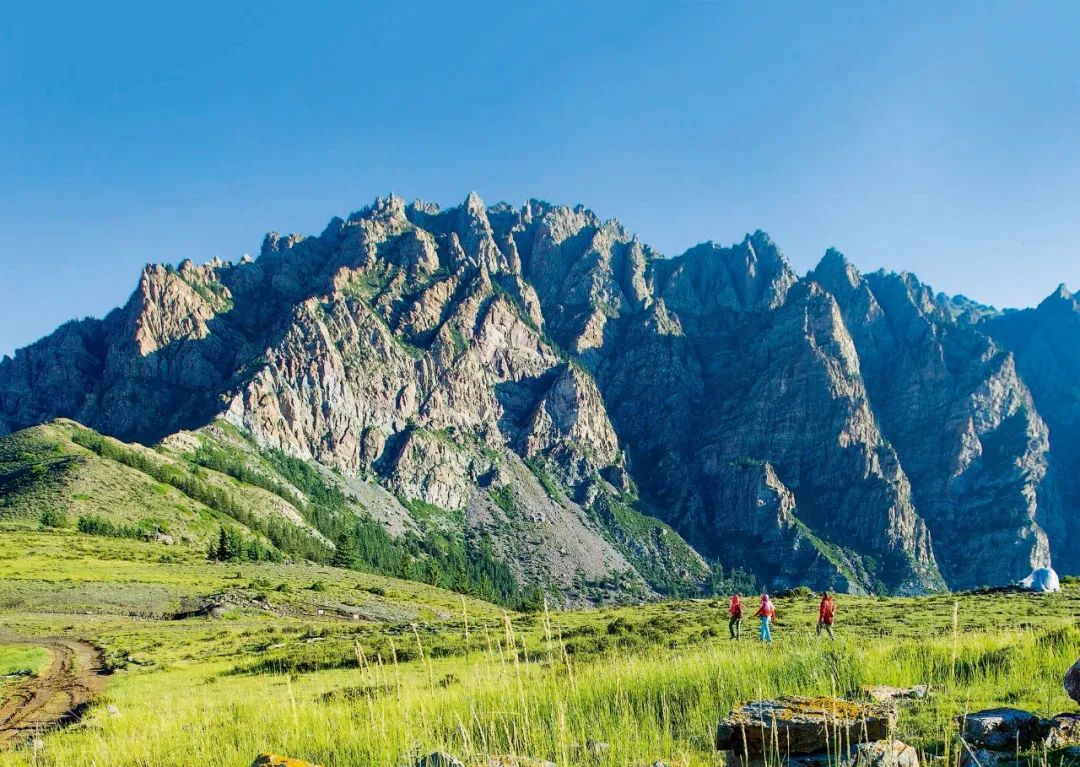
Helan Mountain. Photography/Li Peng, Figure/"Discovery Ningxia"
The Helan Mountains, from Bayan Obao in the north, Mao Tukeng Aobao and Bin Tongxia in the south, about 220 kilometers in the north and south, 46 peaks of large mountains, and 20 mountain peaks above 3,000 meters. 3556 meters above sea level. The towering Helan Mountains formed a natural barrier, and it was an important geographical division line in my country.
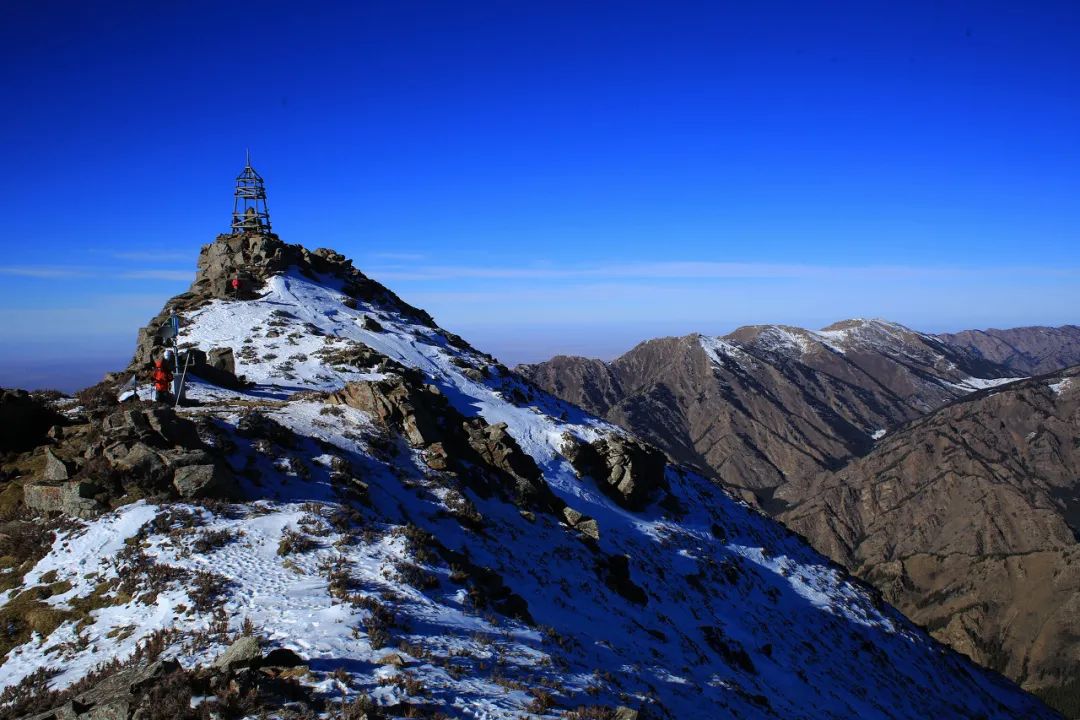
The main peak of Helan Mountain Obao. Figure/Figure Worm · Creative
She is an important part of the dividing line of my country's monsoon and non -monsoon zone "Daxing Aneling Yiyin Mountain, Yixia Mountain, One Basana Mountain, Yica Mountain, Yica Mountain". Blowing from the southeast to the northwest, it turned into Ganlin, sprinkled in the east of the land of Shenzhou, moisturizing the "Beida Cang" of Wo Ye Qianli, Jiangnan, and the rich "Kingdom of Tianfu".
The west of the boundary is a non -monsoon area. The remaining airflow reached the end of the Helan Mountains. The last trace of care of the Pacific Ocean fell at the eastern foot of Helan. Under the foot of the mountains, a large ranch was nourished. Qi Yadan.
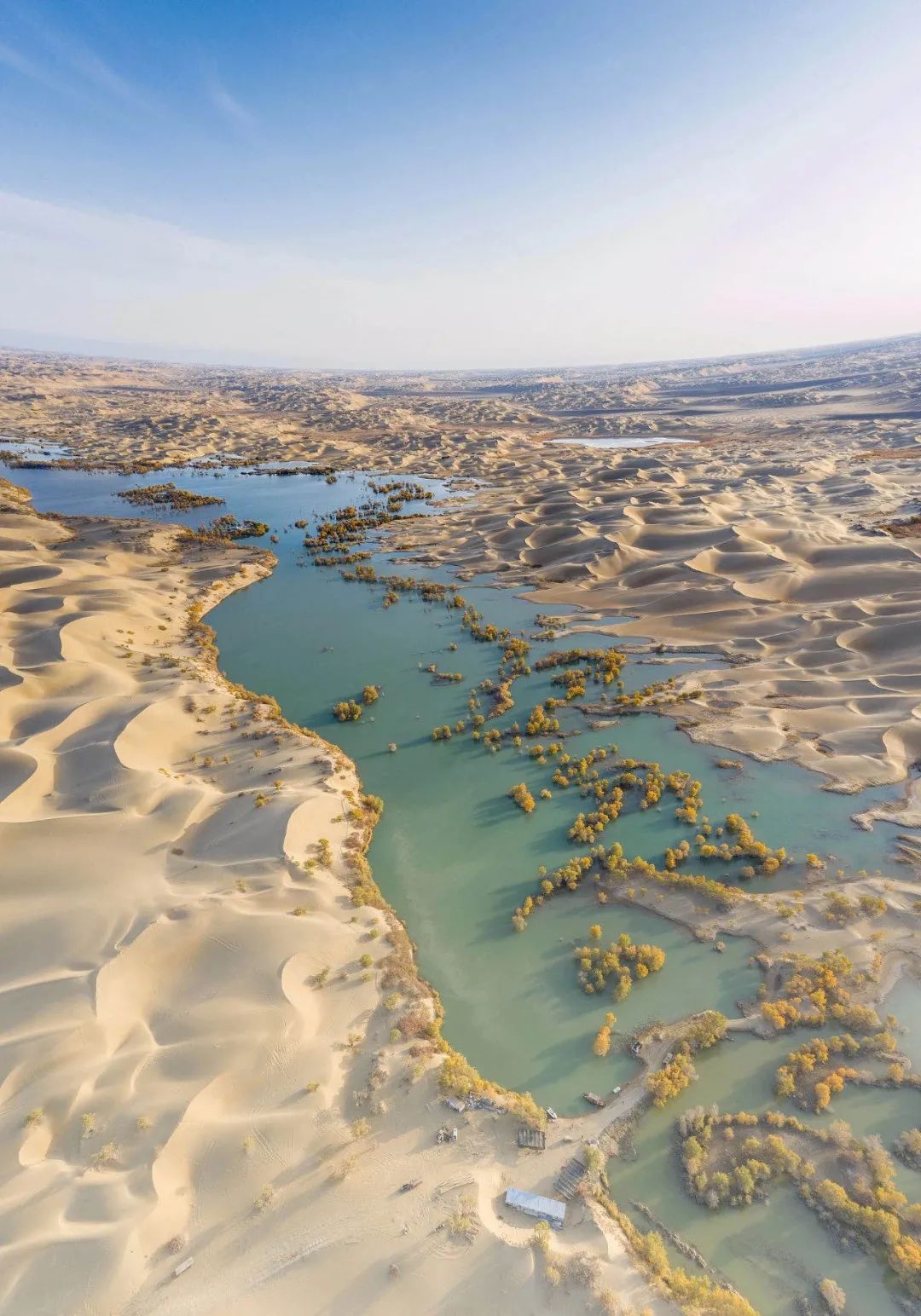
Tarim River. Photo/Visual China
If you are familiar with river geography, you may also find that this boundary also divides China's internal and outflow areas. The west side of the Helan Mountain is facing the inland of Asia, drought and closed. All rivers are born in land and are exhausted on the land. Later, he rushed to the ocean regardless of everything.
She also constitutes a 200 mm such as the precipitation line of 200 mm with Yin Mountain, Qilian Mountain, Bayanhara Mountains, and Ganti Mountain. This is the dividing line of my country's arid and semi -arid areas. Line.
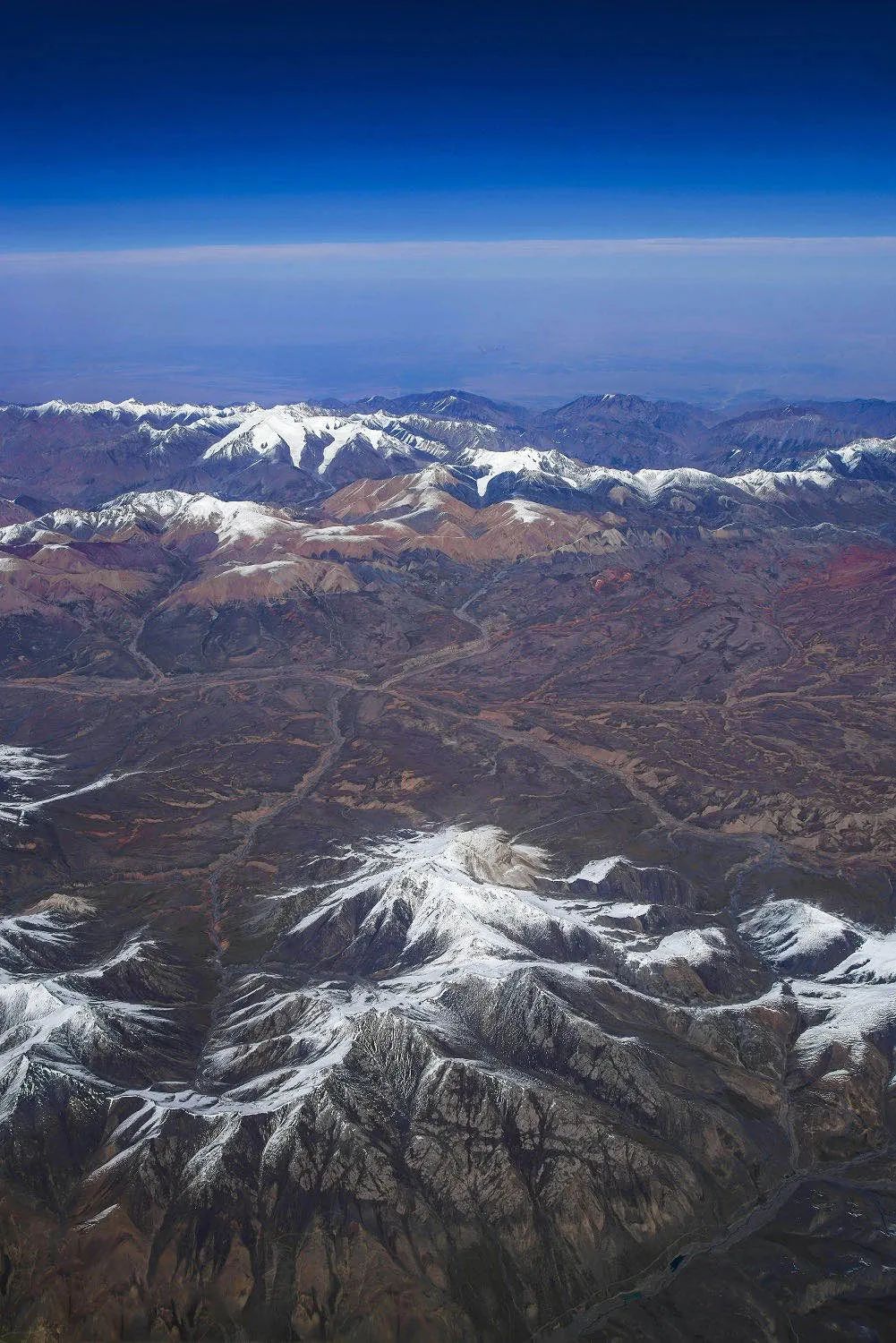
Qilian Mountain down. Photo/Visual China
West of Helan Mountain is the northwest arid area of natural geography, Tengger Desert, Badan Jilin Desert, Kumuma Desert, Taklama Ganan Desert, Gulba Tonggut Desert, from east to west, arranged in order Lonely smoke.
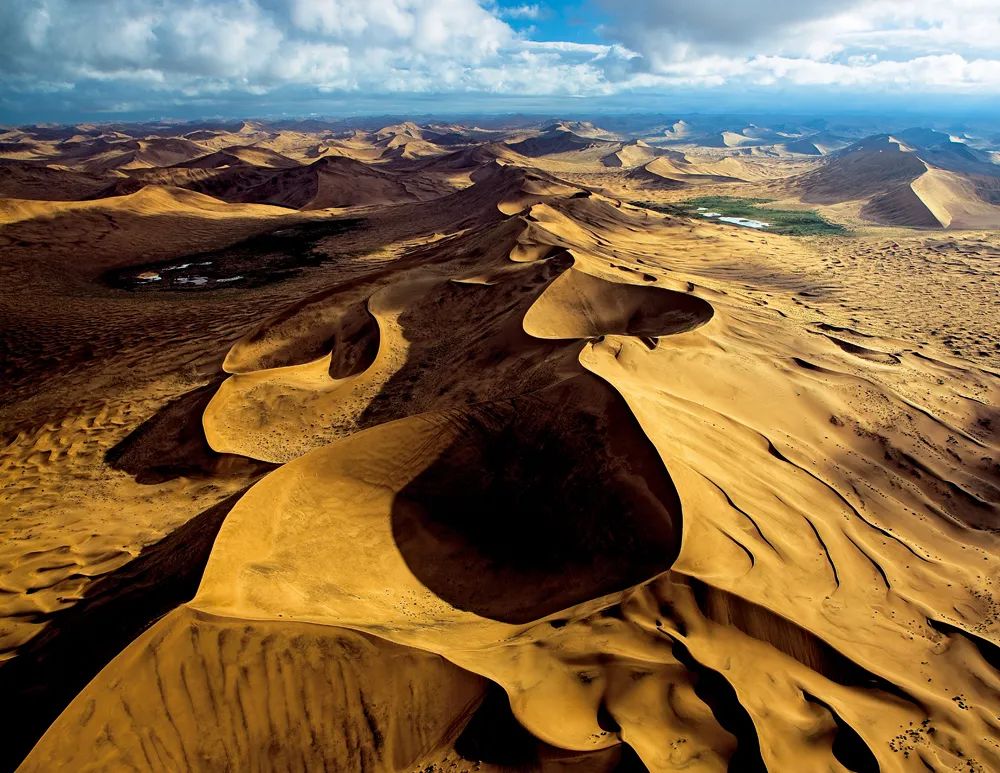
Badan Jilin Desert. Picture/"Colorful China"
The east of Helan Mountain is a sandy land caused by desertification. From west to east: Ulanbu and Desert, Kubuqi Desert, Maowu Su Sand, Hun Shandak Sand, Korqin Sand, and Hulunbuir Sand. This piece of sandy land has a beautiful environment in history and lush forests.

Moisturize
He Lan Mountain divides two indifferent landforms with its towering mountains. The east and west of the mountains brings together different natural scenery, but the Yellow River water nourishes different national civilization with its gentle attitude.

The yellow sand was ancient, and the winding Yellow River irrigated the northwestern cracking land. Photo/Su Chengyuan, picture/"Discovering Ningxia"
The Yellow River developed in the Qinghai -Tibet Plateau is unrestrained all the way. After entering Ningxia, he met the block of He Lan Mountain. In front of Helan Mountain, the Yellow River water converged its unruly wildness, and became gentle and lingering. , Flowing through the northern part of Ningxia, the sediment and nutrients it carried were here, creating the largest plain of the upper reaches of the Yellow River -Ningxia Plain.
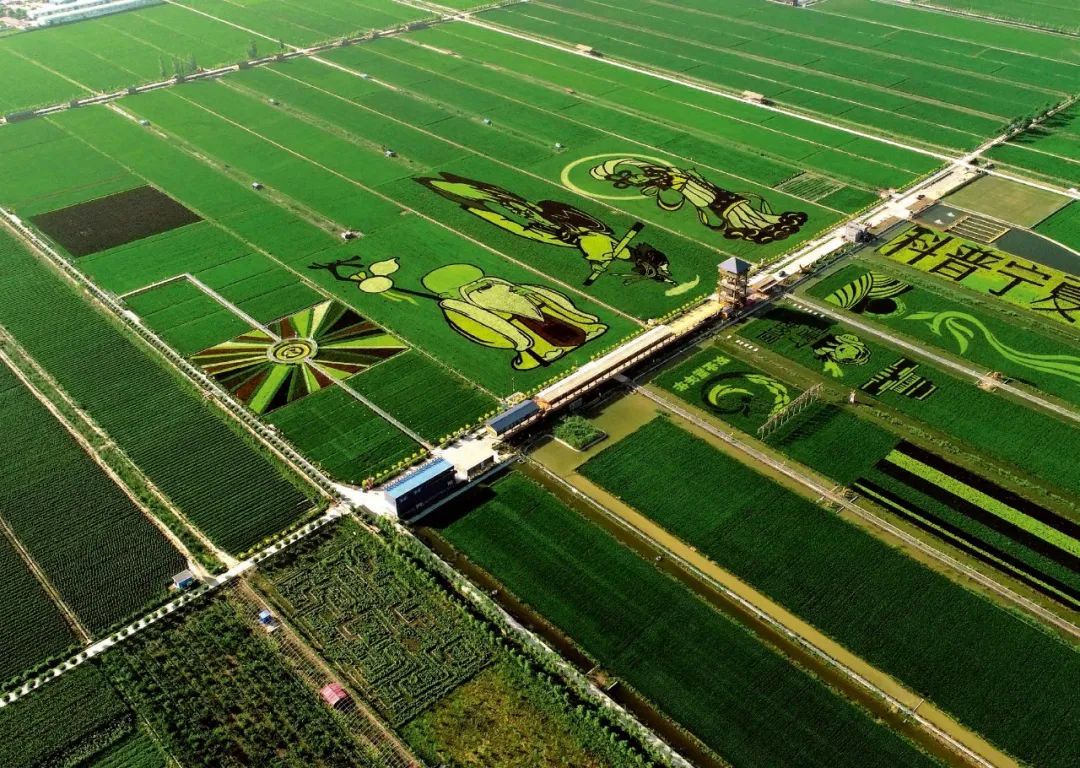
Ecological Tourism Park of rice and fishing space. Photo/Chen Xingfu, Figure/"Discovering Ningxia"
With water, there is life. As early as 30,000 years ago, Helan Mountain had a footprint of human reproduction. When the Qin Empire was established, Meng Tian led the 300,000 Qin Army to repel the Huns and opened the history of the reclamation of Helan Mountain. The Qin people from the Huaxia civilized hinterland are masters of water. They use the slope formed naturally to divert water and irrigate farmland.
Since the formation of Qin Qu has launched the history of Ningxia Dam Water, the seeds of farming civilization have since been rooted in Ningxia. Time has passed, and later generations have expanded irrigation projects according to the situation, and the design of exquisitely designed Han canal, Tang Lai, and Huinong canal was built according to local conditions. It is reported that the total length of the ancient canals in the past reached 1500 kilometers, exceeding the distance between Yinchuan and Beijing. Tang Zheng's gate is the gate of Tang Laiqu, which was built in the Yuan Dynasty. Photo/Cao Wende, Figure/"Discovery Ningxia"
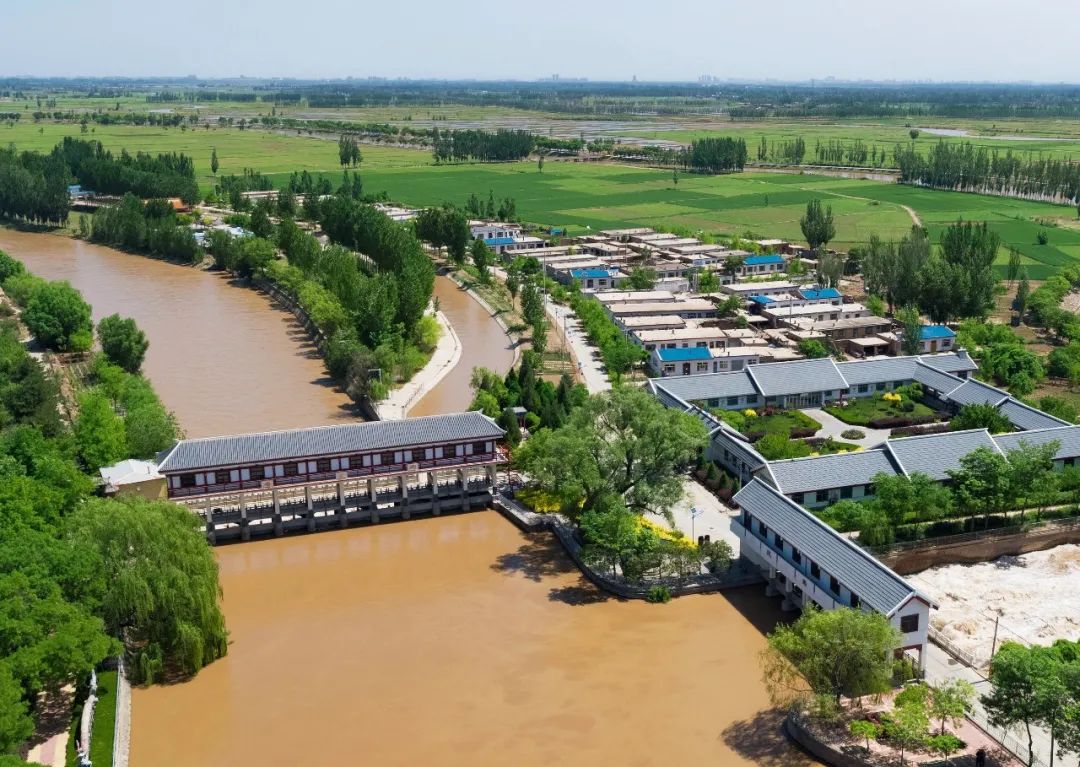
The criss -horizontal irrigation canal makes the river network dense here, connecting the rivers and lakes around Yinchuan City, which constitutes a grid -shaped water system intertwined by the wetland of the ditch canal in Ningxia Plain. square kilometer.
Yinchuan has been a city of "seventy -two lakes" since ancient times, and the lake is dense, creating a beautiful scenery on the south of the river. The picture shows Mingcui Lake. Photo/Xu Shengkai, Figure/"Discovery Ningxia"
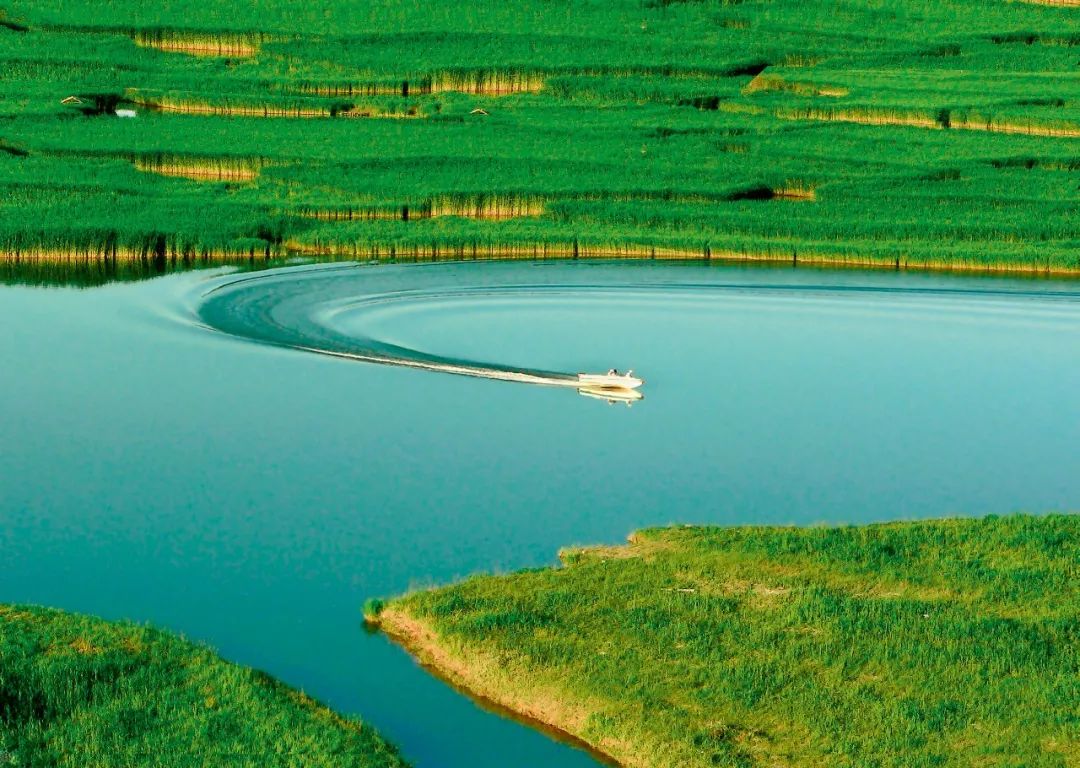
In modern times, historical irrigation projects can no longer meet the needs of modernization. In 1978, China ’s first dozen -type hydropower station, the Tong Tongxia Water Conservancy Project, was completed. This“ giant water tower ”condensed the wisdom and beliefs of the Chinese people and ended the history of damping and self -flow irrigation for more than 2000 years. The rolling Yellow River transformed into a new energy and irrigated more than 8 million acres of good fields around the surrounding area.
Bronze Gorge Water Conservancy Project. Photo/Li Peng, Figure/"Discovery Ningxia"
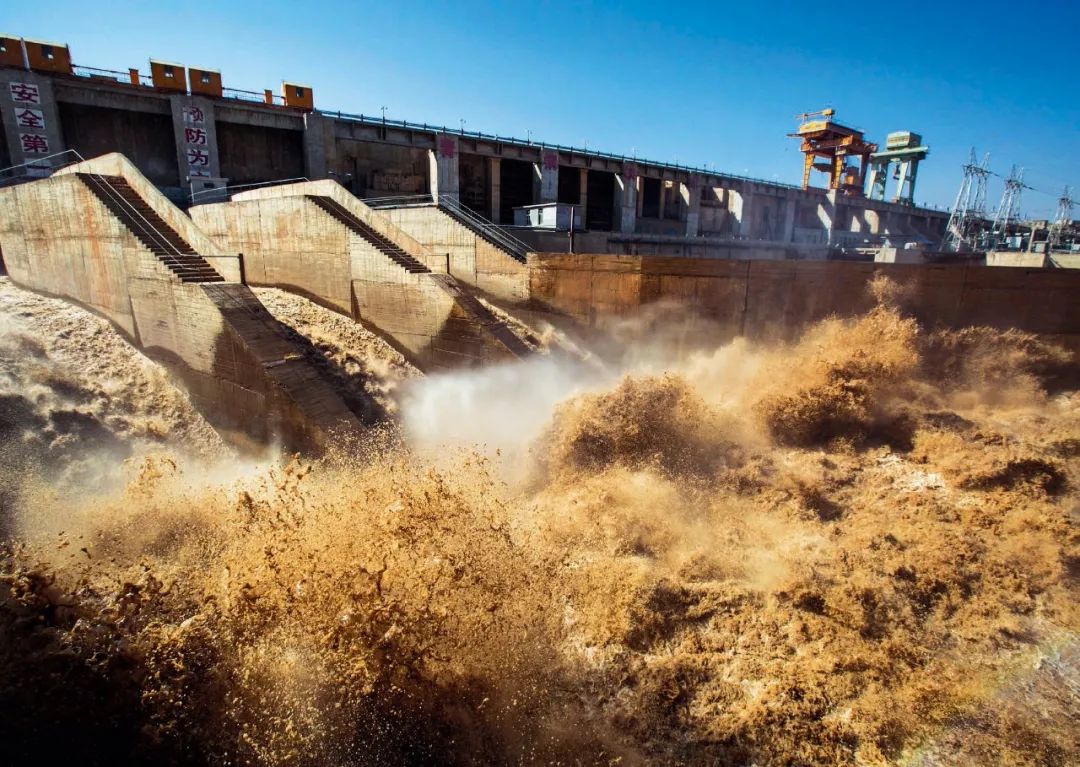
The water of the Yellow River is like a blood vein. It is extended in the Ningxia Plain, allowing the dry Ningxia Plain to be rising. The rivers and lakes are dense, and the rice flowers are fragrant. Wo Ye Qianli, the fruits are fragrant, the Ningxia Plain has become the northwestern granary that is truly drought and flood.
Bronze Gorge Ye Sheng Yellow River irrigation area. Photo/Cao Wende, Figure/"Discovery Ningxia"
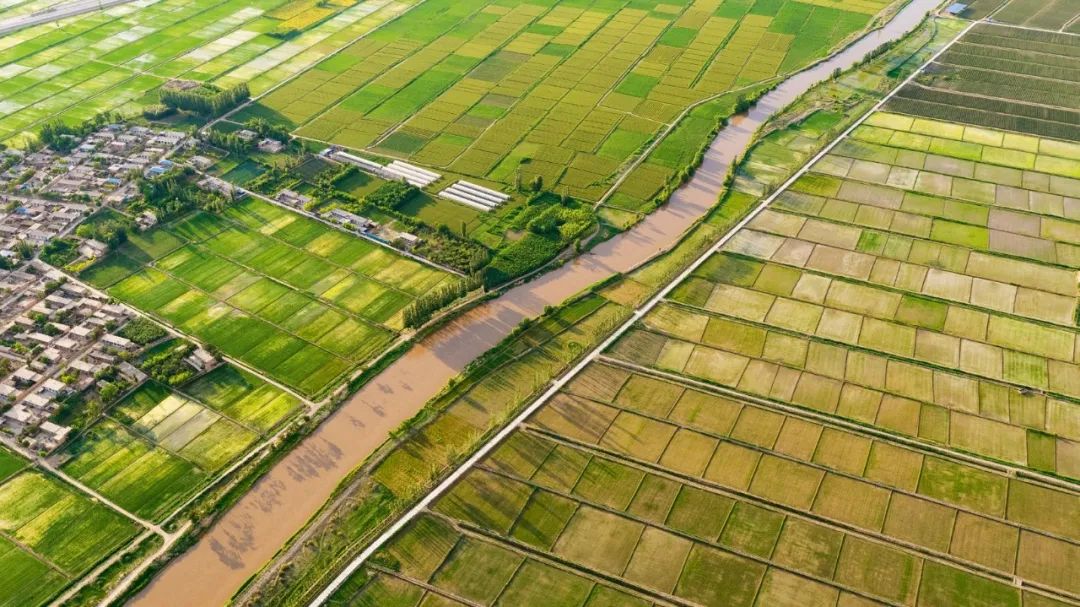
In addition, the Yellow River did not have a beach or island in this area. Until the completion of the hydropower station, a large amount of sediment was deposited here due to the slowdown rate. Finally, a silt island was formed. system.
Bronze Gorge Bird Island. Photo/Zhong Peiyuan, Figure/"Discovery Ningxia"
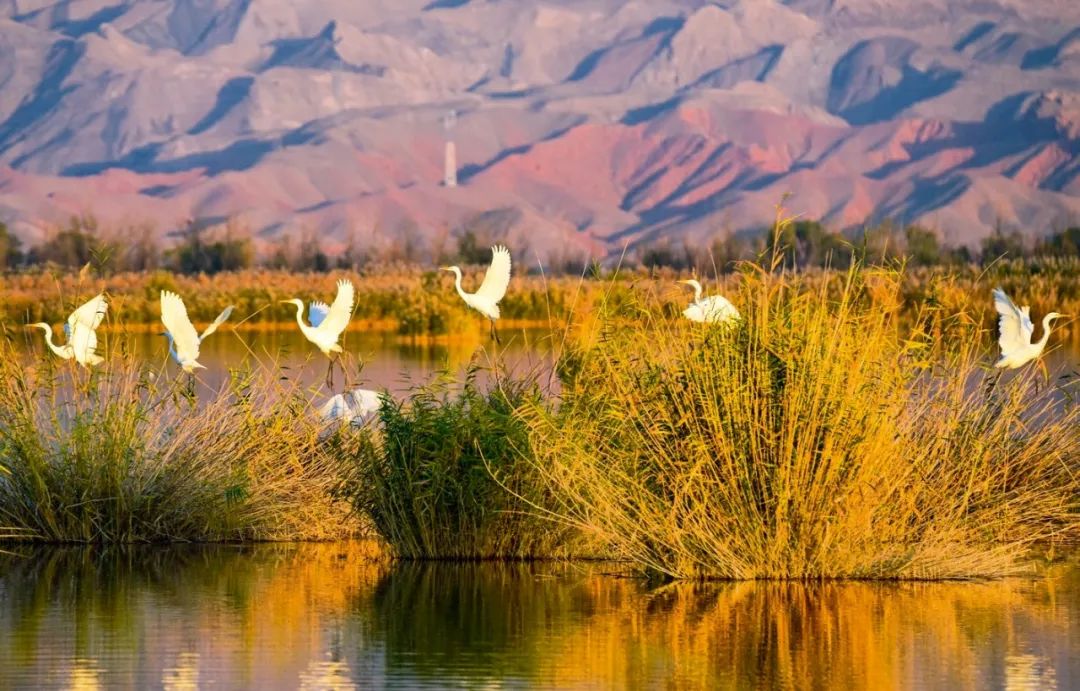
Every year in March, April and September, and October each year, as many as 180 migratory birds stay here. Every time the bird watching season, various birds are hidden in the reeds, or they fly with the water surface.
Materialism

When you come to Helan Mountain, wherever you see, it is desolate, but compared with the surrounding areas, this island is still a treasure trove of biodiversity in semi -arid areas.
Helan Mountain vegetation. Photography/Lu Dongtao, Figure/"Discovering Ningxia"
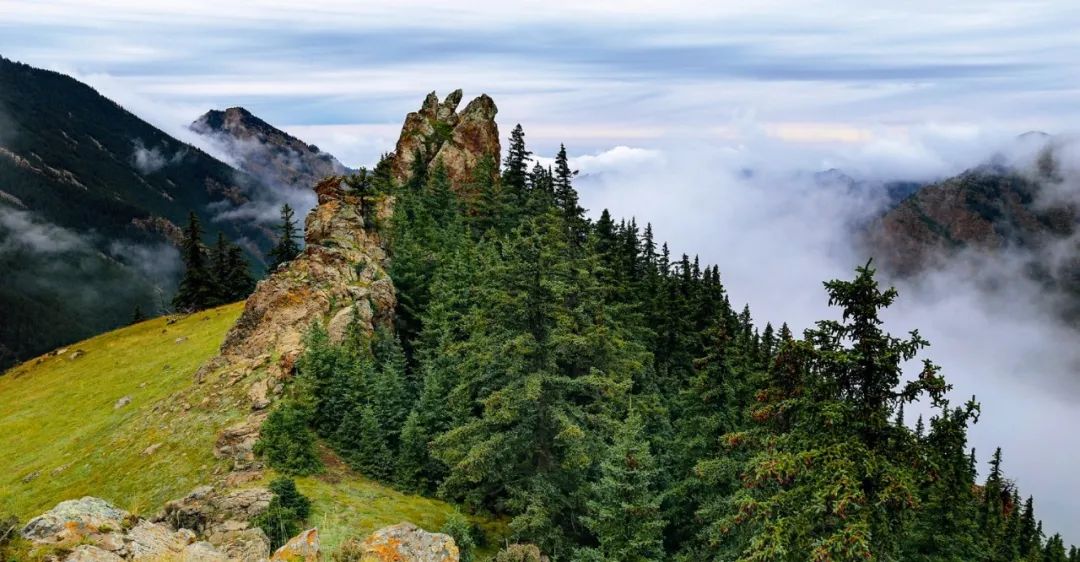
Helan Mountain, located on the junction of the Mongolian Plateau and the Loess Plateau, two major vegetation areas of the green grassland and desert of the ground. Here are the North China Forest vegetation, Mongolian grassland vegetation, Alxa Gobi desert vegetation, and high -cold vegetation of the Qinghai -Tibet Plateau. The sparse grassland, grassland, desert -to -Dedou, all kinds of planting types are available.
Deep in the pine forest of Helan Mountain. Photography/Paidong Yongcang, Figure/"Discovering Ningxia"
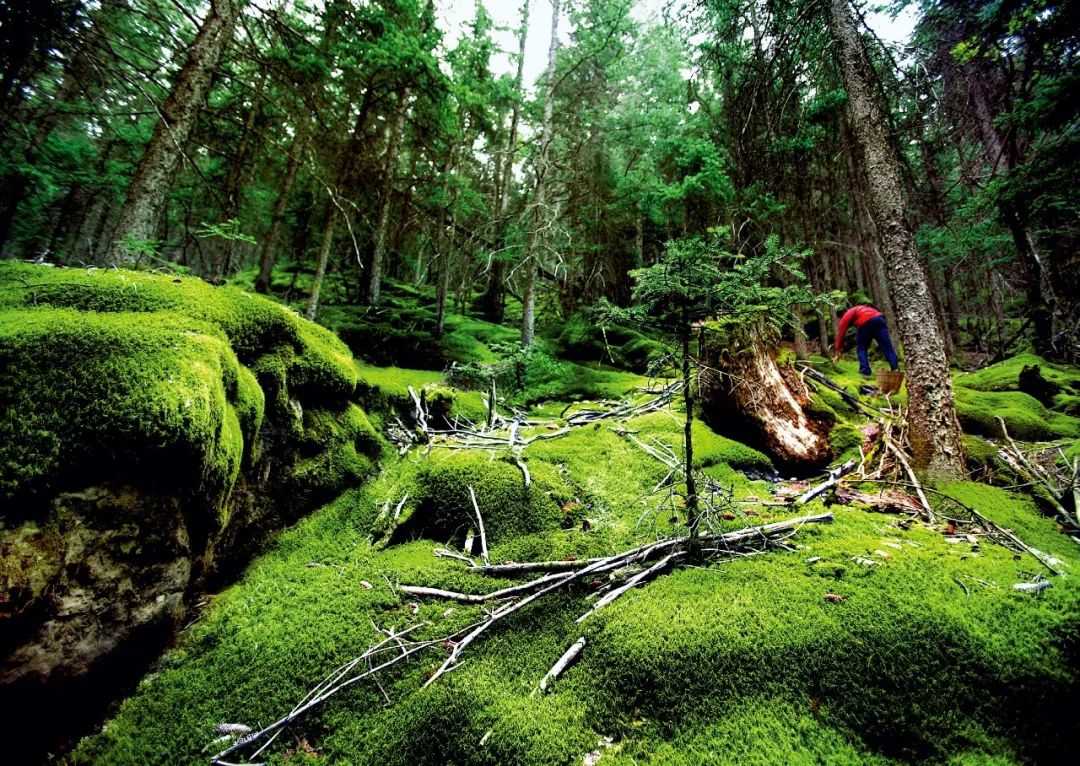
Here is the refuge of a variety of rare animals. 115 kinds of birds, 51 beasts, and 678 seed plants, and various creatures built their own homes around Helan Mountain. Various rare raptors such as gold sculpture, hoe vulture, white -tailed sea carvings soar in the sky, and blue horse chickens, horse deer and rock sheep inhabits and reproduce between jungles and cliffs. Habits.
Rock sheep on the Hesharan Mountains. Photo/Visual China
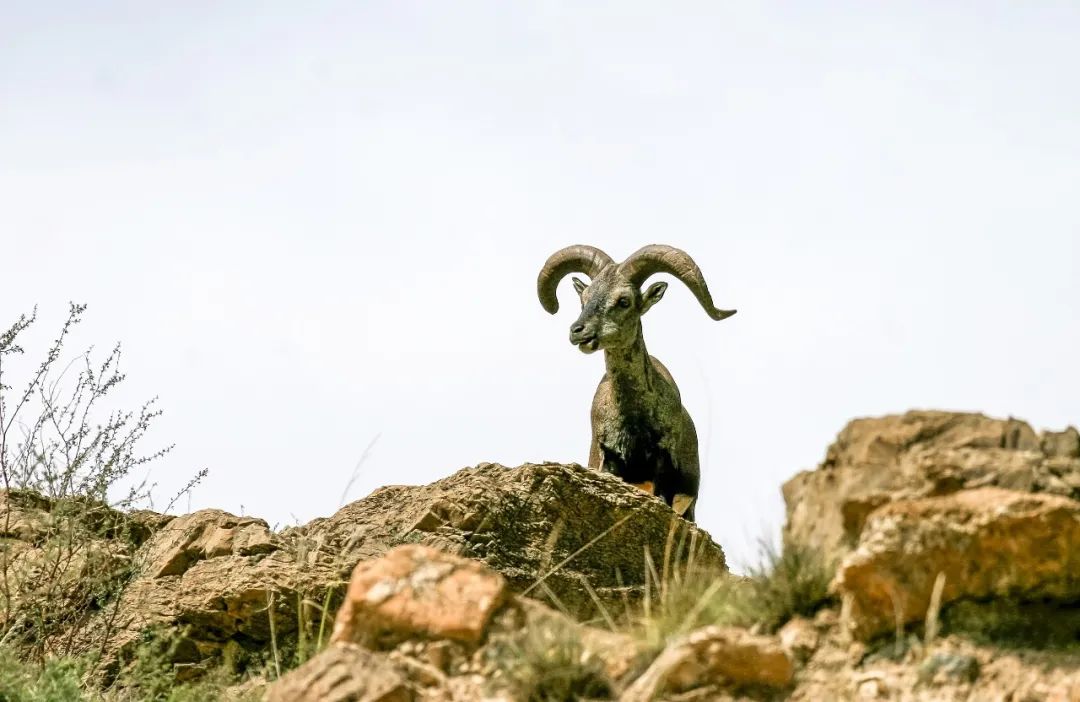
Of course, He Lan Shan's natural resources are far more than those cute creatures. The northern section of Helan Mountain is rich in "Taixi Coal". This is a rare high -quality smoke -free coal in the world. The coal produced in Helan Mountain accounts for 87%of the total number of Ningxia coal. In addition to coal, Helan Mountain also produces silica, green rocks, clay, iron ore and other ore.
Helan Mountain's pen rack peak rolled the bell, and He Lanshi was abundant here. Photo/Zhong Peiyuan, Figure/"Discovery Ningxia"
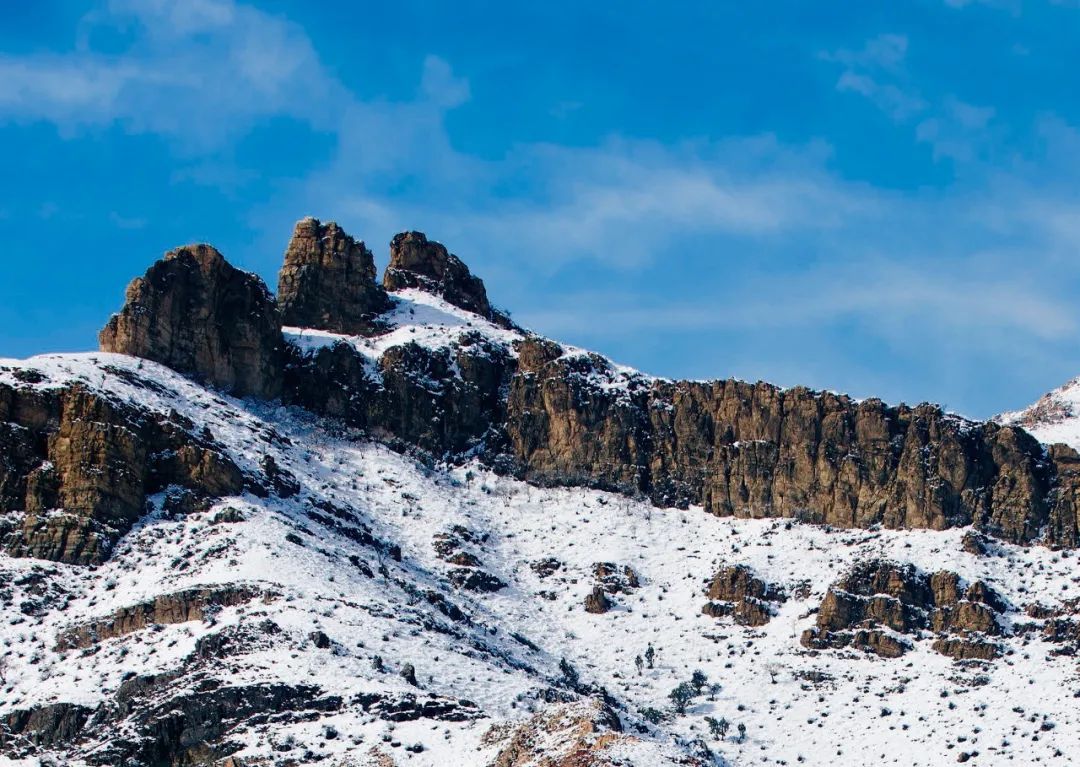
He Lanshi, which was produced near the mouth of Helan Mountain, has been well -known in the world. Since the period of the Kangxi period of the Qing Dynasty, it has been mining and utilization. During the Daoguang period, Jiangnan entertainers came to Ningxia and brought about the technology. Among them, the "Yan Jiayu" was the best.
Ningxia wolfberry. Photo/Visual China
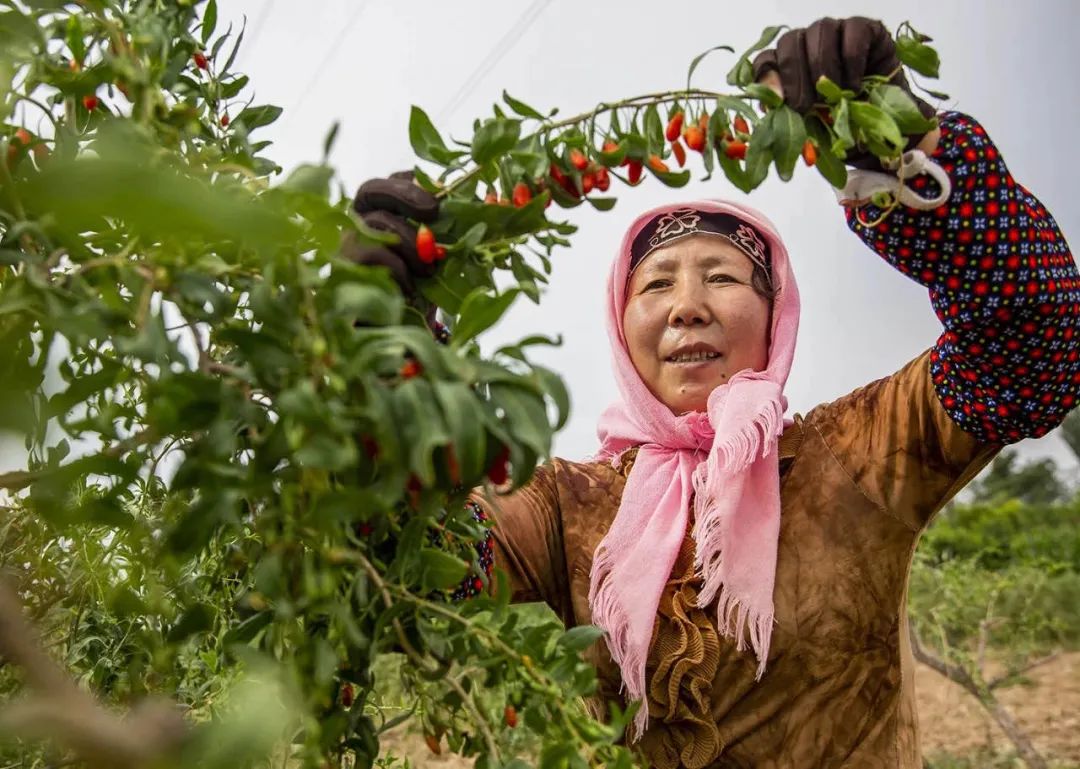
He Lanshi and wolfberry, licorice, beach sheep, and hair vegetables are called Ningxia "Five Treasures" together, and they are called Baibao, Rubber, Huangbao, Lamborgh and Blackbao according to their colors. These five treasures are all produced on the Holan Mountain or the floods of Helan Mountain.
Courageous

The term "He Lan" comes from the ancient Huns. A tribe named He Lai named the mountain as the name of his tribe, which means a horse. The mountains are like a steed in the sky, and the name of He Lan Mountain is still very appropriate.
Helan Mountain Golden Ding. Photography/Qi Yantao, Figure/"Discovering Ningxia"
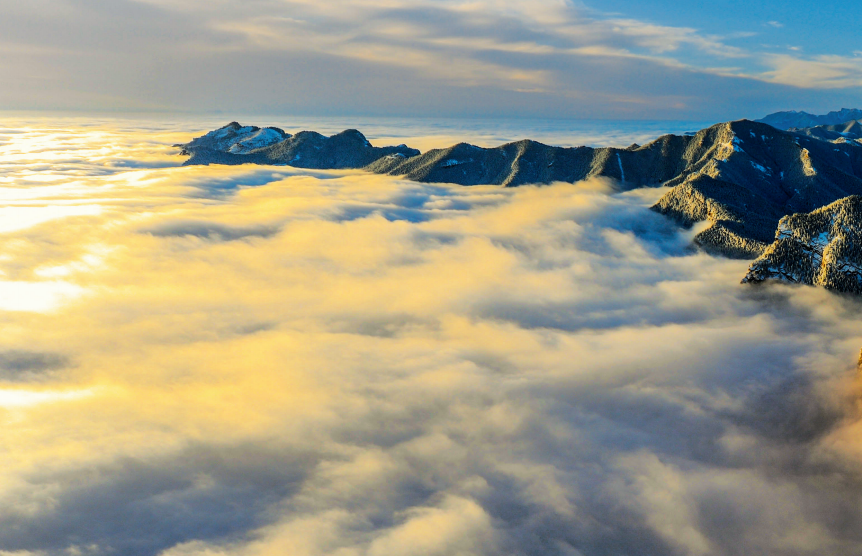
He Lan Shan and Horse also have a layer of "fate", which is hidden in Helan Mountain's well -known rock paintings. Helan Mountain's rock paintings have been portrayed from the late duraenal, and the termination of the "horse" in the rock paintings has 123 patterns in the rock painting. Tell people that the relationship between He Lan Shan and the horse is close and far -reaching.
Guidegou rock painting Wrangler map. Photography/Dong Hongzheng, Figure/"Discovering Ningxia"
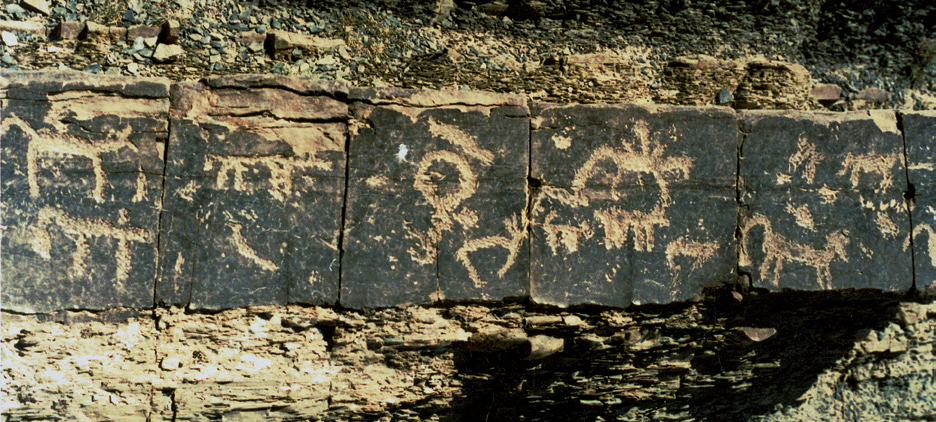
During the Qin and Han dynasties, the Huns crossed the Qin Great Wall to the south of the Central Plains. They integrated with the Han nation, which had a huge impact on the Central Plains culture. And the Ningxia Guyuan in Daeding County is one of the bases of the pastoral horses, and has achieved a well -equipped cavalry.
The Great Wall of Sanzuan. Photography/Li Peng, Figure/"Discovery Ningxia" after the Qin and Han dynasties until the Ming Dynasty, Helan Mountain is still one of the important Wrangler areas. There are 13 Malaysian markets in the northwest in the Ming Dynasty. There are 3 in Ningxia. Essence After the Qing Dynasty, the Ningxia Plain was farmable in large amounts of land, and the wealthy pastoral poured by the Yellow River replaced the past Wrangler District. Silently tell the magnificent history.
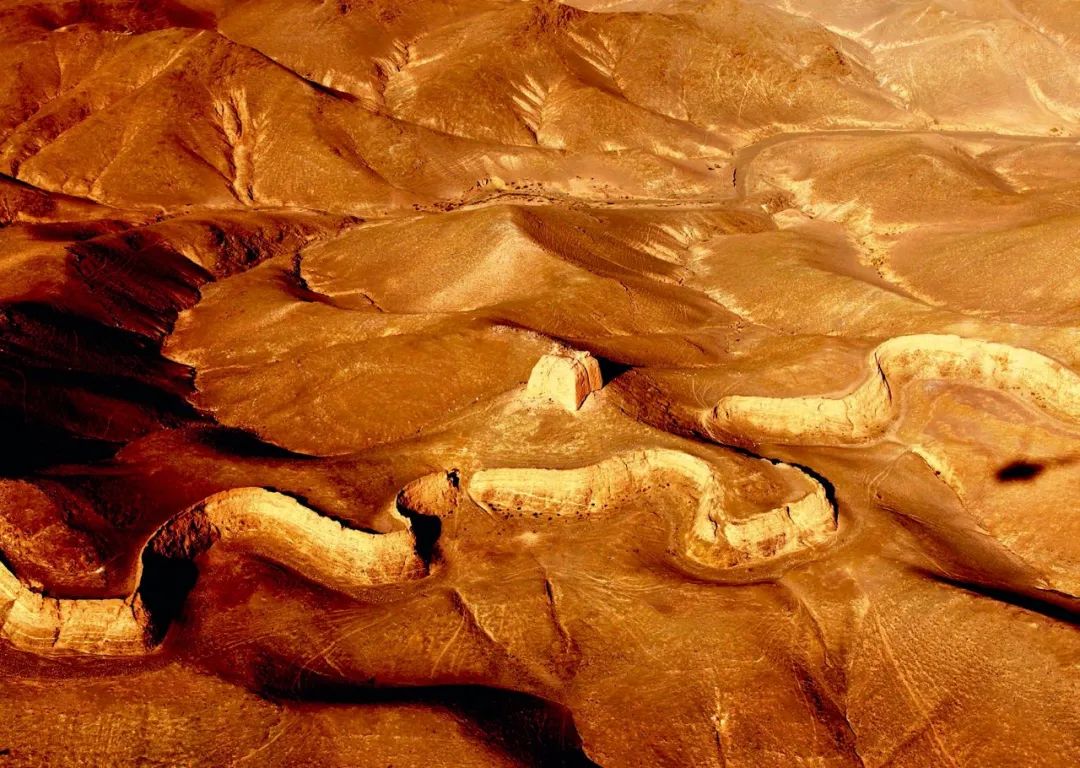
Helan Mountain Rock painting, Sun Shenyan painting. Photography/Ding Xiangyu, Figure/"Discovering Ningxia"
Since ancient times, He Lan Mountain has been the places where the long -term nomadic and reproduction of ethnic minorities such as Xirong, Qiang, Xun, Xiongnu, Xianbei, Turkic, and Party items have also left their historical traces of their fighting and fighting. The party Xiangxiang who migrated from the Qinghai -Tibet Plateau to the north of Shaanxi has gradually expanded west after the development and growth of the Tang Dynasty.
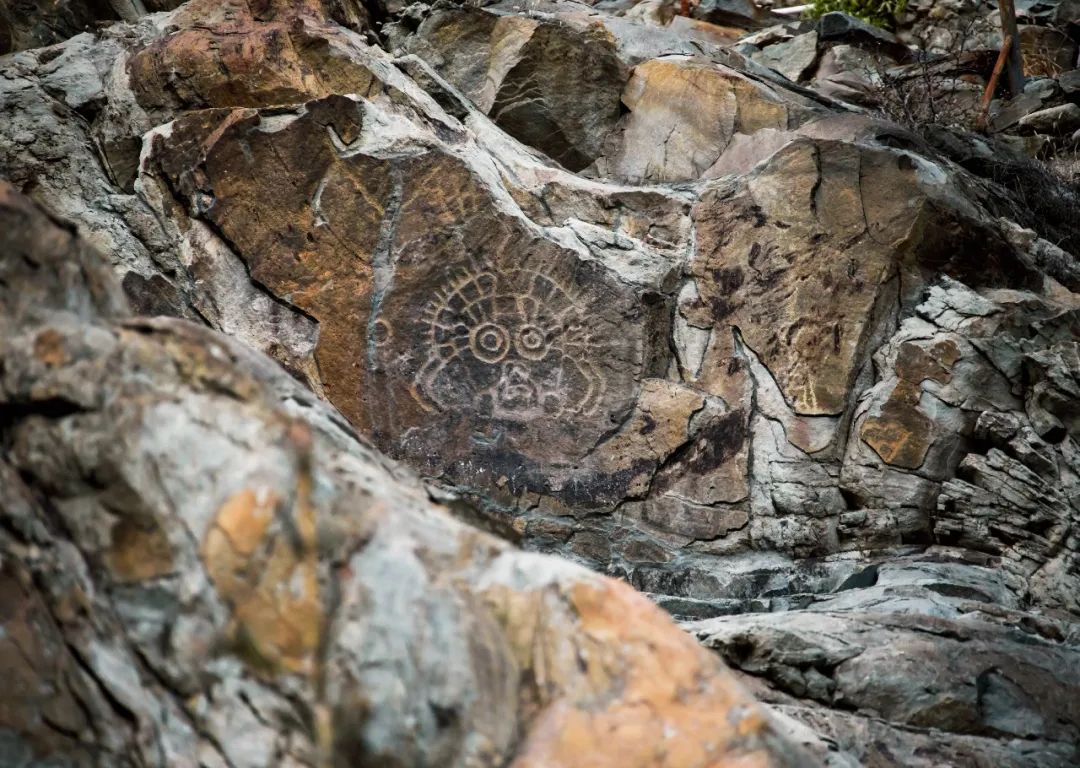
In 1038 AD, the leader of the party Xiangxiang, Yuan Hao, established a large white high country on the Ningxia Plain. The Lihe West Corridor, the Xixia Empire is prosperous for a while.
108 tower, the Lama -style real tower group was built in the Xixia period. Photography/Cao Wende, Figure/"Discovering Ningxia"
More than a hundred years later, the Xixia dynasty encountered Mongolia in the north. Genghis Khan adopted the strategy of north -south pinch to avoid Helan Mountain's heavenly danger. In the long river. In 1288, the Yuan Dynasty government named Ningxia, which means peaceful Xixia.
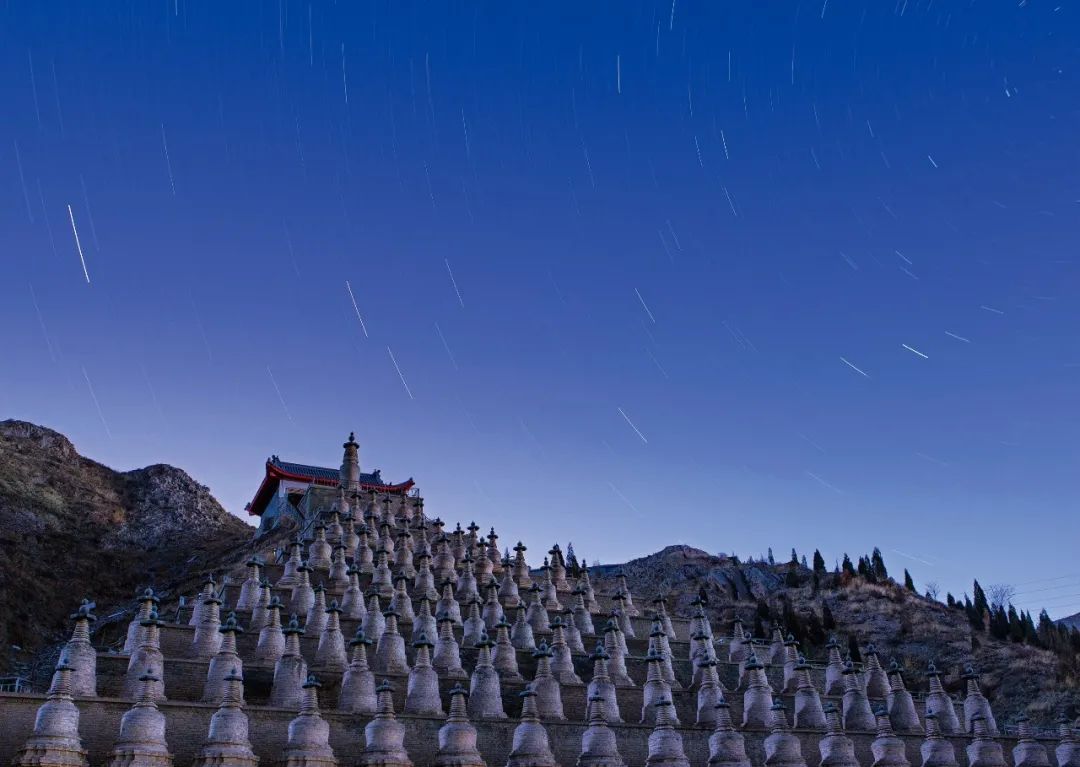
Until the Ming Dynasty, the smoke in Helan Mountain was resurrected. In the eastern foot of Helan, relying on the dense forests on the mountain, the mountains of the mountains in the east of the mountain, the Great Wall Guanzhang, and the Milun Castle. "Mountain", blocking the pace of Mongolian iron ride towards the southeast.
The Great Wall of the North fork is the site of the Ming Great Wall. Photography/Ha Shaofeng, Figure/"Discovering Ningxia"
Later, with the establishment of the Manchurian Alliance, Ningxia changed from the side to inland hinterland. The years of the fire of Helan Mountain ended, and replaced the prosperous commercial trade of Han and Mongolia. In the invisible, the history of Ningxia people in Helan Mountain for thousands of years has also created a brave personality.
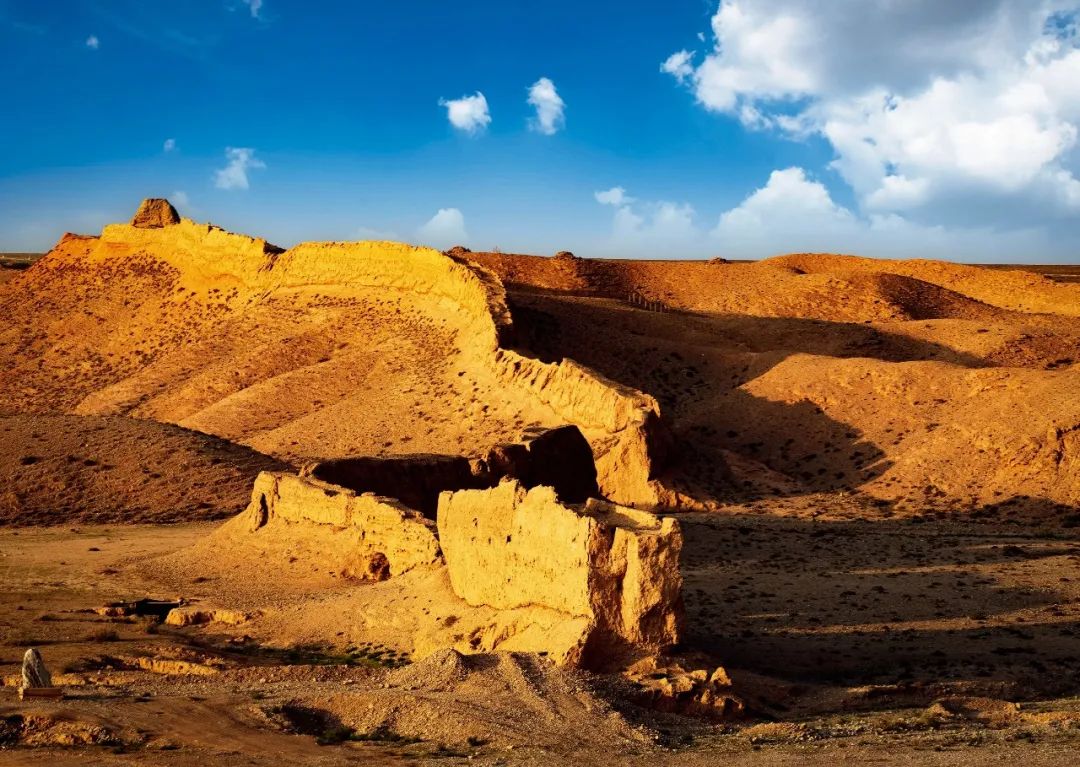
Desert in North District, Shapo. Photography/Zhang Zhijun, Figure/"Discovering Ningxia"
"Sand jujube blooms to the world. It is stuffed with Ningxia in the south of the river, a dragon in the Yellow River in the east, and the treasures of Helan Mountain in the west." For thousands of years, He Lan Mountain blessed "Shou Jiangnan" with a towering body. She will continue to wait for the mountains and people in Ningxia.
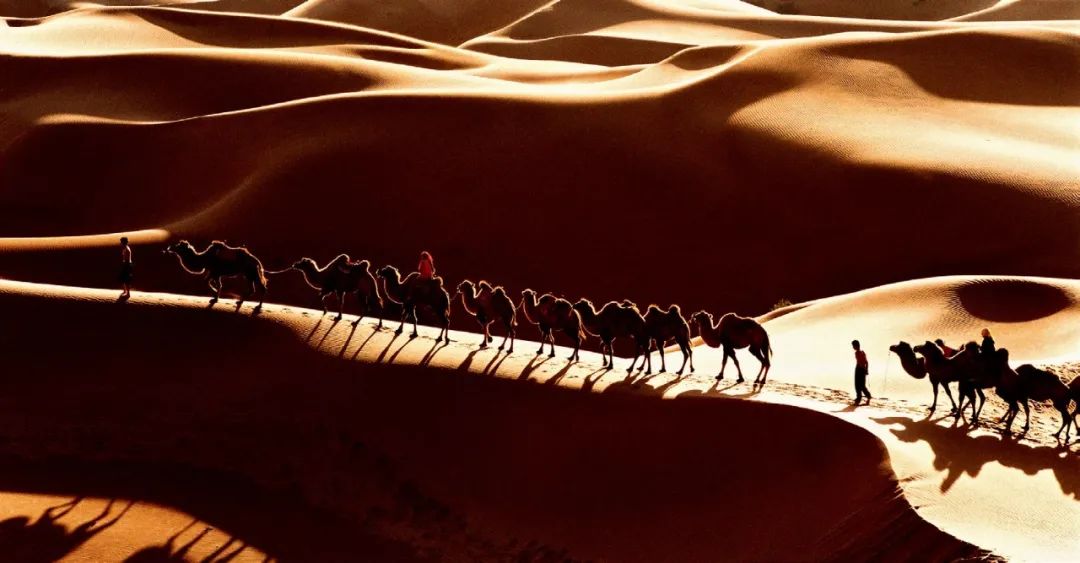
- END -
Multi -measures of the Corps to strengthen the training of scientific and technological talents
Improve the policy system and improve the quality of talentMulti -measures of the Corps to strengthen the training of scientific and technological talentsThe Corps formulated and introduced a series o
After leaving the road, the vehicle output of the Zhengzhou Economic Development Zone last year was 475,000 units, accounting for 80 % of the province's output

[Dahe Daily · Dahecai Cube] (Reporter Duan Weiduo Correspondent Li Zhenwentu) Do ...